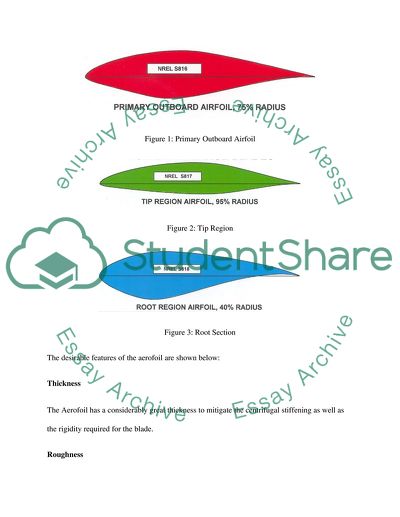Cite this document
(“CFD Assignment Example | Topics and Well Written Essays - 1250 words”, n.d.)
Retrieved from https://studentshare.org/engineering-and-construction/1694856-cfd
Retrieved from https://studentshare.org/engineering-and-construction/1694856-cfd
(CFD Assignment Example | Topics and Well Written Essays - 1250 Words)
https://studentshare.org/engineering-and-construction/1694856-cfd.
https://studentshare.org/engineering-and-construction/1694856-cfd.
“CFD Assignment Example | Topics and Well Written Essays - 1250 Words”, n.d. https://studentshare.org/engineering-and-construction/1694856-cfd.


